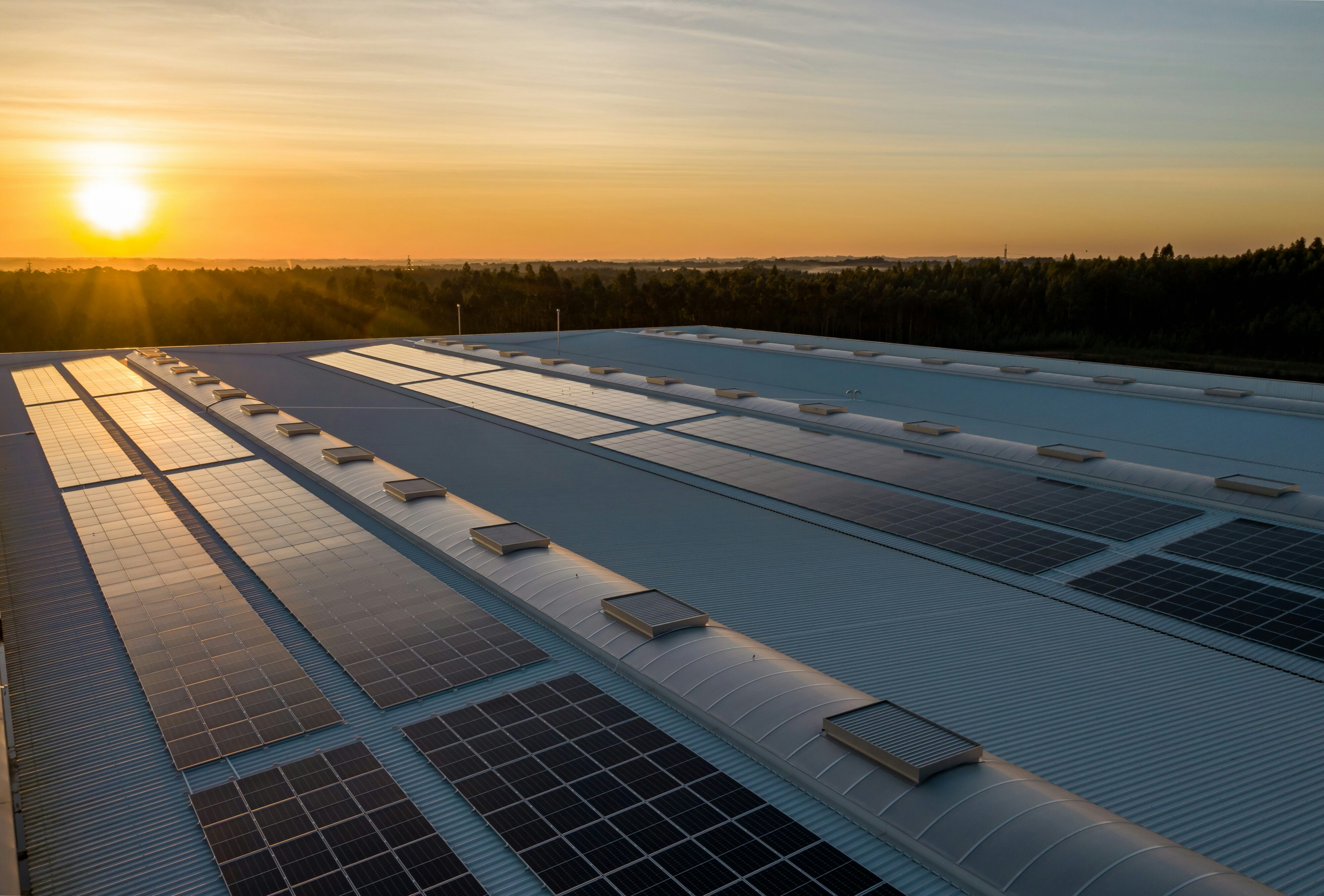The members of the International District Energy Association are pushing the envelope on energy efficiency by combining the production of thermal and electrical energy in central utility plants.
By combining the production of thermal and electrical energy in central utility plants, district energy systems can reduce the demand on the public electrical grid, especially during peak load periods, while more than doubling the efficiency of fuel use. This video describes how the University of Texas at Austin, one of the largest public universities in the U.S., has not increased its fuel costs–achieving carbon-neutral growth–while providing all of its own electric power and adding a staggering 7 million square feet of heated and cooled building space to accommodate growth in student enrollment.






















